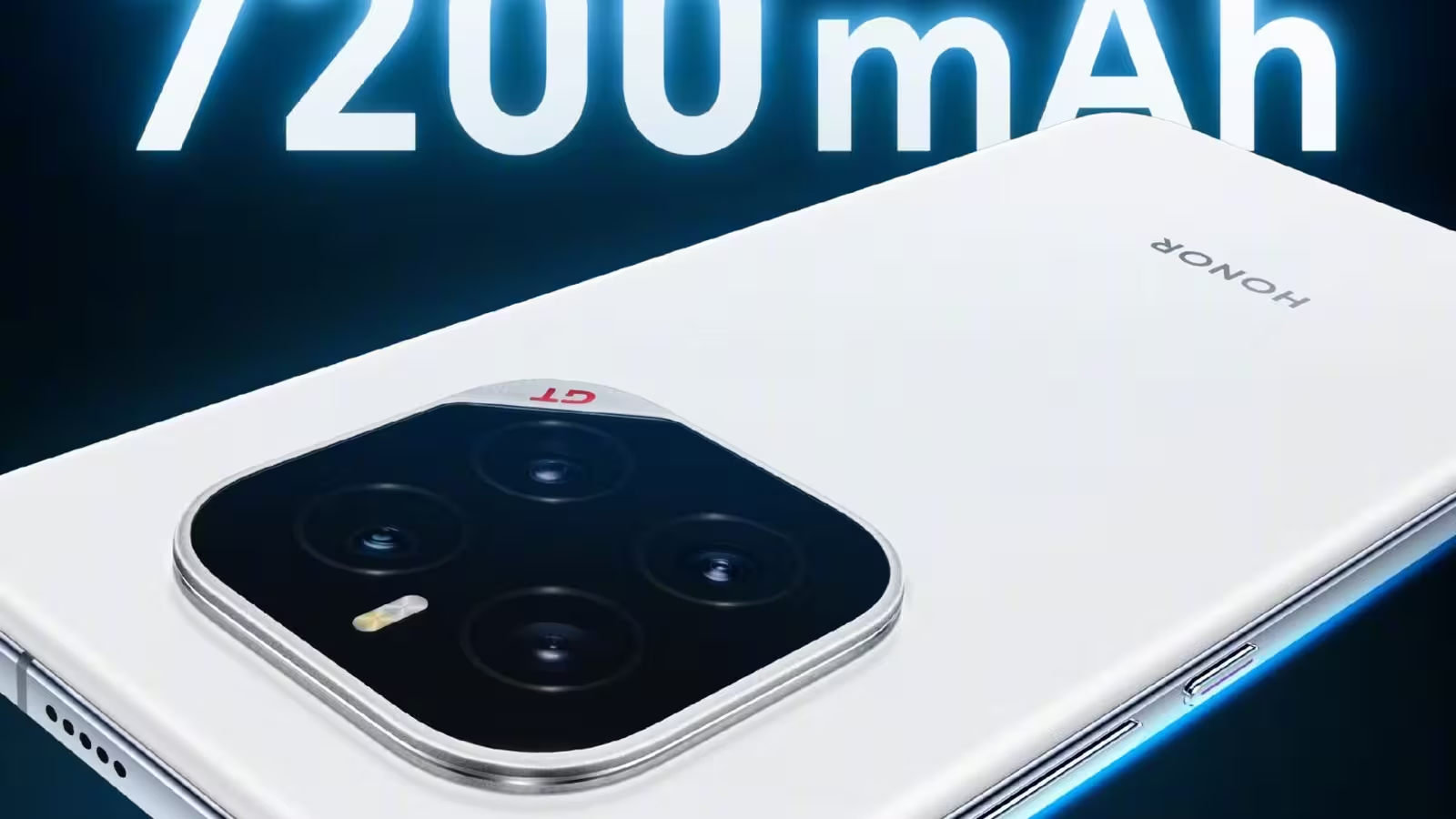3 Minutes
The Surprising Reason Behind Small Smartphone Batteries in Western Markets
While Chinese smartphone makers are racing ahead with powerful devices boasting batteries upwards of 7,000mAh, leading brands like Samsung, Apple, and Google continue to ship flagship models in the US and Europe with much smaller capacities. For example, the anticipated Samsung Galaxy S26 Ultra sticks to a 5,000mAh battery—just like its predecessor from 2020—while the iPhone 16 Pro Max is expected to offer a 4,685mAh battery. So, why the significant disparity? Contrary to popular belief, it’s not simply about saving money.
Outdated Regulations: The Hidden Battery Bottleneck
According to recent industry reports, the real stumbling block is a set of outdated government regulations. In China, flagships like the Xiaomi 15 Ultra and Vivo X200 Pro both come equipped with 6,000mAh batteries, and the country's 2026 models are rumored to jump past 7,000mAh. However, their international counterparts get downgraded batteries: for instance, the Xiaomi 15 Ultra only gets a 5,410mAh battery in Germany, while the Vivo X200 Pro drops to just 5,200mAh in Europe.
.avif)
US and EU Laws Limit Battery Sizes
The core issue stems from transportation rules like the US Federal Transportation Regulation 49 CFR 173.185, which caps lithium-ion battery cells at 20Wh (around 5,000mAh for most smartphones). Exceeding this limit classifies the product as a Class 9 'Dangerous Good', resulting in complex logistics and higher shipping costs. Europe enforces similar restrictions, which is why even Chinese tech giants like Vivo and Xiaomi have to scale back battery sizes when exporting to Western regions. Samsung and other US-based manufacturers generally opt for strict regulatory compliance, maintaining smaller batteries for their global flagship phones.
Product Features and Clever Workarounds
To get around these limits, some brands have introduced solutions like dual-cell battery technology. Phones such as the OnePlus 13 use two battery cells—each under 20Wh—which allows a combined capacity of 6,000mAh without violating regulations. Users in China thus enjoy ultralong battery life, seamless gaming, and extended 5G usage, making these big-battery phones extremely attractive for power users and mobile gamers alike.
Safety Concerns: Are Larger Batteries Actually Riskier?
Are these mammoth Chinese batteries less safe than their Western counterparts? Market data suggests otherwise. In fact, recent safety incidents associated with battery failures have affected models with standard-sized batteries, such as several Samsung Galaxy flagships. There has been no marked increase in reported fires or malfunctions from Chinese phones with larger batteries. This trend points to the growing consensus that today’s US and EU battery restrictions are more a relic of past safety fears than a reflection of current technology or real-world risk.
Market Relevance and Future Outlook
With Chinese smartphone innovation pushing the boundaries on features, battery longevity, and user experience, the gap between what’s possible in the East and what’s available in the West could continue to widen—unless regulations adapt to modern safety standards. For now, tech enthusiasts in the US and Europe will have to wait as flagship devices from Samsung, Apple, and Google trail behind their Chinese rivals in battery capacity, despite the market’s clear demand for longer-lasting smartphones.
Source: gizmochina



Comments